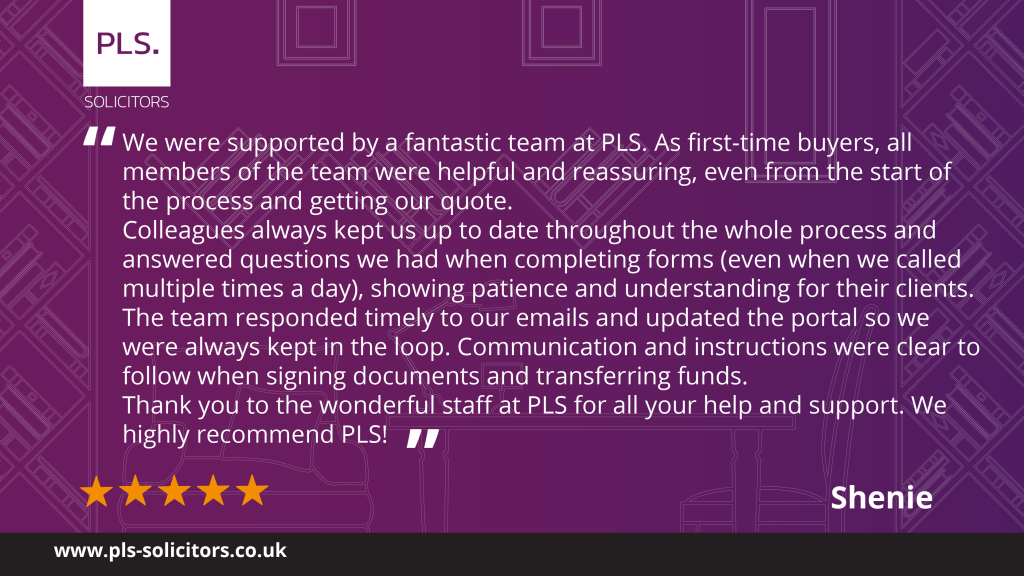
What are bridging loans?
A bridging loan (or bridging finance) is exactly how it sounds – borrowing money for a short period so you can “bridge the gap” and have the funds available immediately. This is particularly useful if you’re looking to buy a property before selling the one you currently own.
Large or small, bridging loans can be used to buy or refinance a new home (residential), a new business premises (commercial) or a new property development (development).
What are the types of bridging loans available on the market?
Open bridging loans
- No fixed repayment date
- Usually pay within one year
Closed bridging loans
- Fixed repayment date
- Useful after exchange of contracts, but prior to completion
How do I take out a bridging loan?
It is important you select the right lender for you, as well as choose a qualified solicitor who has experience in dealing with bridging work. This is because the transaction needs to happen securely, fast and by a solicitor who can help you through the lenders’ stringent requirements. For many years, our secured lending department has acted for customers and the lenders, giving you the reassurance that we understand the risks and how to mitigate them.
What do I need to take out a bridging loan?
Before you will be given a bridging loan, lenders will require clear evidence of a repayment plan. If you are using the loan to buy a new property, they will need to see the new property, the purchase price and ways you are going to sell your current property (if you have one).
You will need to do your homework, as not all lenders will be suitable for you and your transaction. Lenders are constantly changing their products and loan to value (LTV) criteria and it’s important you understand what is available and work with reputable providers. As a practice that works on all the lender panels and is collaborating day in, day out with lenders on behalf of the borrowers, we can also help you find the right lender – particularly if you’re in early days of decision making.
How much does it cost to take out a bridging loan?
As bridging finance is designed to be short-term, the interest is charged monthly rather than annually. The interest rate on bridging loans is generally between 0.5 and 1.5% per month. There may also be a set up fee with is usually around 2% of the total bridging loan.
You will also need to factor in the solicitor’s fees, third-party disbursements such as searches and land registry fees, as well as the amount you will need to repay.
The cost of the solicitor will depend on the circumstances of the transaction. Residential bridging for a home purchase is a lot more straightforward than commercial bridging for business purposes. At PLS, we have professional and specialist commercial and residential property solicitors who have extensive knowledge of managing strict requirements from bridging lenders.
What is loan-to-value?
Loan-to-value (LTV) is the percentage amount of the value of your property you will be borrowing for your mortgage. For example, if you have a deposit or equity at 10% of the property’s value, you will need a 90% LTV mortgage.
How much can I borrow with bridging finance?
The amount bridging lenders will loan you tends to range between £25,000 up to £25 million plus. Whilst high street lenders may offer 80-90% LTV, often the amount you can borrow from a bridging lender is much lower – somewhere between 50-75% of the value of the property you are looking to buy.
You are likely to be able to borrow more if you take out a first charge bridging loan than if you were to take out a second charge loan.
What if I can’t pay off the bridging loan?
It is important to note that you should always be cautious and ensure that you can afford to pay back your bridging loan. That said, should this not be possible there are a number of options. This is where first or second charge loans are put in place to protect you if you are unable to make payments. An amount of money will be charged to your property and the agreement in place will prioritise which lender will be repaid first.
If you still have a mortgage, the bridging loan will be a second charge. If you didn’t make repayments on your bridging loan and your property was sold to recover the debt, your mortgage would take priority.
If you don’t have a mortgage or used the bridging loan to pay off the mortgage completely, the bridging loan will be a first charge. If you didn’t make repayments on your bridging loan in this instance, this would take priority.
If you would like to know more about bridging loans and to find the right deal for your needs, please feel free to get in touch with our secured finance team at manchester@pls-solicitors.co.uk or call 0330 024 4536 and we will be happy to provide you with a free quote.


